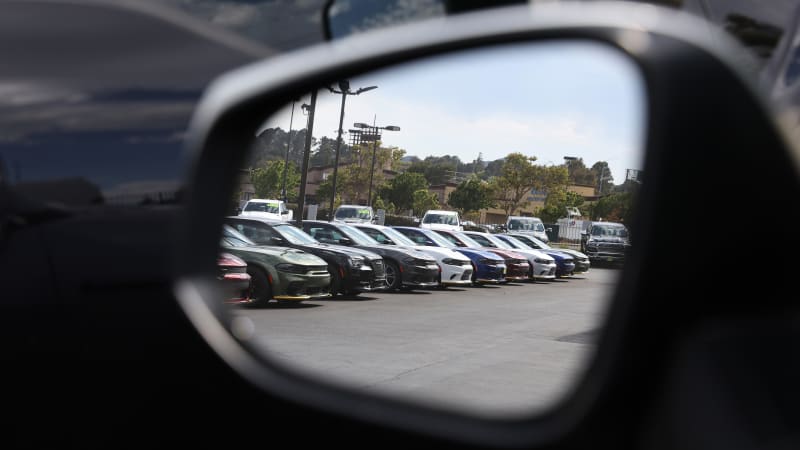Survey finds average U.S. car buyer willing to pay 37% over MSRP

A blog post intended to help car shoppers get the most for their trade-in has turned into an indictment of how badly some car shoppers are shooting themselves — and everyone else, really — in their own wallets, at least hypothetically. Quantrell Auto Group of Lexington, Kentucky published a post called “Car Compromise,” the piece trying to help shoppers get the most for their vehicles when selling them to dealers. The article started with results from an August survey of 3,361 car buyers from every state in the union who were asked if they were driving a vehicle they liked, and if not, how much over MSRP they’d pay to get the vehicle they really wanted. The results are wild. Averaged across all 50 states, buyers are willing to pay 37% over MSRP for the car they’ve been trying to bring home. On a state-by-state basis, Rhode Island residents were only willing to give the dealer an 11% bonus, Idahoans were hungry enough to unload 71% over MSRP.
We can’t find any obvious correlation between the two data points, either. Rhode Island was joined by North Dakota, South Dakota, and West Virginia in the 11% over MSRP camp. Yet while 57% of Rhodies and North Dakotans reported being unhappy with what they’re driving, and 50% of West Virginians didn’t like their daily drivers, only 22% of South Dakotans were looking to get out of their vehicles. So a lot more displeased drivers in the first three states, all as tight fisted as South Dakotans about paying premiums. Alaska takes the prize for discontent, 80% of respondents wishing they were behind the wheel of something else, that population willing to go 31% over MSRP for their dream ride. Idaho was nearly the opposite, with just 36% of respondents looking to switch, that smallish group of Big Bank Hanks unafraid to wire big sums over sticker.
Even regionally, the states show some striking differences and similarities. The 44% of unhappy Ohio respondents would pay 28% over MSRP, while 40% of unhappy Kentuckians would pay 31% over MSRP. In the next state over, 75% of Indianans want another car but they’d pay less over MSRP than Ohio or Kentucky, at 27%. We feel like there are vital social studies findings in here if we just had time to figure out what they are.
The survey could be a small clue as to why average transaction prices have reached breathtaking levels. At September’s ATP of $49,084, the survey’s average shopper would spend an extra $18,161.08 over sticker with a 37% premium. Even if a buyer found their chosen vehicle for $30,000, paying 37% makes that a $41,100 car. Heck, even at 11% over, driving off the lot for $33,300 is just … not pleasant.
It’s merely a survey, though, and people can say they’re willing to do anything over the phone. The most recent ATP data we’ve written about shows the average buyer paying a little more than $1,000 through nearly all of the first three quarters. In September, luxury buyers doled out up to 4% over sticker, mass-market buyers put down a little less percentage-wise, paying an average $826 over sticker. Still not the best news for car buyers, but much pleasanter than hypothetically paying for another new car to buy a new car.



